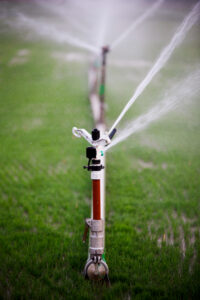 Use drip irrigation or soaker hoses for shrubs and flower beds.
Use drip irrigation or soaker hoses for shrubs and flower beds.
Drip irrigation is an excellent way to water plants but can be expensive to install and maintain.
Soaker hoses are another less expensive option than drip systems, but they have a shorter reach than drip lines, so you may need several lengths of hose around the perimeter of each bed if you want the plants to have the same access to the water supply.
Plan Irrigation
One of the easiest ways to save water is to schedule watering based on the plants’ needs. You can use a calendar or online tool to schedule watering based on your plants’ needs and weather forecasts, especially if you live in an area with seasonal rainfall.
For example, if spring and rain are forecast to occur once a week for several weeks, you should not schedule more watering until those rains arrive.
Schedule watering based on water restrictions and quantity: If you only have 50 gallons per day to water, you may have no choice but to schedule watering so that each plant receives its fair share. If plenty of water is available but no restrictions (such as during periods of drought), then feel free to spread those plants’ needs over several days or weeks.
Make Sure Sprinklers Are Away From Paved Areas.
Sprinklers placed on paved surfaces or near any tree or shrub can cause damage to your lawn, resulting in water loss. This also applies to buildings, fences, and other structures that may be affected by the sprinkler stream.
Sprinklers should not be placed near driveways or sidewalks because they can damage the surface and make it slippery when wet. Sprinklers should also never be placed where water can run into streets or ditches, as this could create a hazard for vehicles traveling in these areas.
